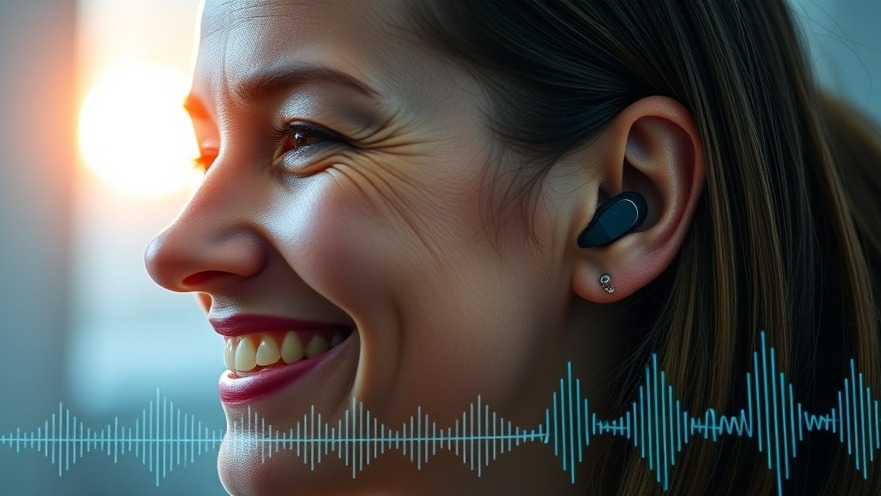
Revolutionizing Hearing: The New Soft Auditory Brainstem Implant
The advent of neurotechnology has dramatically changed the landscape for those with hearing impairments. Traditionally, the most successful device for restoring hearing has been the cochlear implant. It connects directly to the cochlear nerve, allowing sound signals to be processed by the brain. However, many patients suffer from cochlear nerve damage, making cochlear implants unsuitable. For these individuals, the auditory brainstem implant (ABI) has emerged as a potential game-changer.
Understanding the Challenges: Rigid vs. Soft Implants
Current ABIs on the market are rigid, which presents several challenges: poor tissue contact often leads to side effects, including dizziness and facial twitching. This rigidity has resulted in limited functionality for users, leaving many unable to achieve clear and intelligible sounds. The innovative soft auditory brainstem implant (ABI), developed at the École Polytechnique Fédérale de Lausanne (EPFL), offers a solution by conforming to brain tissue, thus enhancing patient comfort and auditory precision.
Technical Innovation: Pliable Electrode Arrays
The crux of the new soft ABI lies in its design. Using micrometer-scale platinum electrodes embedded in a thin layer of silicone, this new implant method is just a fraction of a millimeter thick. This pliable array allows for optimal tissue engagement, which is essential for reducing unwanted activation of off-target nerves. Dr. Stéphanie P. Lacour, the head of the Laboratory for Soft Bioelectronic Interfaces at EPFL, emphasized its significance: "Designing a soft implant that truly conforms to the brainstem environment is a critical milestone in restoring hearing for patients who can't use cochlear implants."
Animal Studies: A Look at Effectiveness
To assess the performance of this new ABI, researchers conducted extensive behavioral experiments on macaques with normal hearing. Unlike traditional surgical assessments, these innovative tests involved training animals to differentiate between varying electrical stimulation patterns that mimic natural sounds. Such methodologies ensure the accuracy of results, showcasing how well the new implant could translate to effective sound processing for human patients.
A New Hope for Patients
The potential for this soft ABI to enhance sound understanding among users is immense. Previous studies found that many ABI patients experienced frustration due to unclear auditory feedback. However, this new device's advanced design is anticipated to lead to a significantly richer listening experience. Feedback from the behavioral tests in macaques provides strong evidence that the device can restore essential sound discrimination abilities.
Market Implications: What It Means for Healthcare Providers
As health practitioners, staying informed about these advancements is crucial, particularly regarding the role they might play in patient care. The introduction of this soft ABI represents a significant shift in the treatment of auditory impairments, opening doors for innovative therapies. For concierge health practitioners, this means integrating knowledge of the latest tech-based treatments into practice strategies. Providers can better support patients seeking alternative solutions to traditional methods.
Looking Ahead: Future Trends in Neurotechnology
Experts predict that developments in neurotechnologies like the soft ABI will continue to evolve, possibly leading to other innovations in the field. The trend towards soft, conforming implants is not limited to hearing devices; it may extend into areas like prosthetics, where patient comfort and usability are of utmost importance. Keeping an eye on these advancements facilitates timely adaptation in clinical practices.
Conclusion: What You Can Do
To remain competitive and provide the best care, proactive measures are essential. Health practitioners should familiarize themselves with emerging technologies and consider how such advancements can be integrated into their practice. Engaging in relevant training or participating in seminars centered on neurotechnology can empower healthcare providers to better understand and implement these tools for improved patient outcomes.
 Add Row
Add Row  Add
Add 




Write A Comment